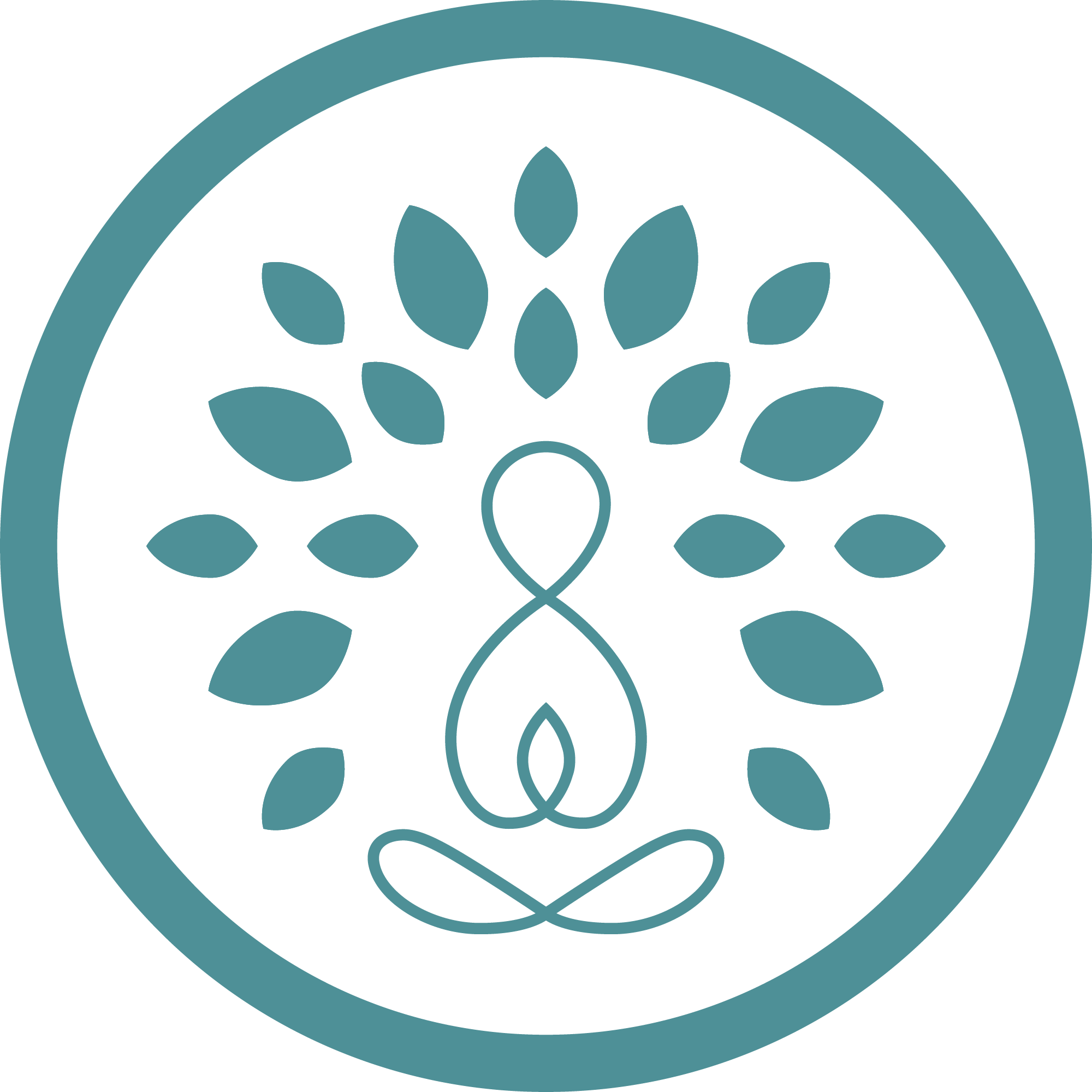What is SAD?
SAD is seasonal affective disorder. This is a recurrent major depressive disorder in which people have symptoms of depression during times of the year that have less sunlight (i.e. winter or in places with heavy rain-fall or smog). Unsurprisingly, this means that for those who live FURTHER from the equator, rates of SAD are higher. For some, they are impacted by symptoms of SAD 40% of the year. SAD impacts ~5% of adults and is 4 times as likely to affect women. One of the trickiest parts of SAD is it’s seasonality. It can catch people off guard when they are used to feeling happy and having better levels of mental health.
What are symptoms of SAD?
The most common symptoms of SAD are fatigue, depression, hopelessness, and social isolation.
Additional symptoms include:
- Mood: anxiety, apathy, general discontent, loneliness, loss of interest, mood swings, or sadness
- Sleep: excess sleepiness, insomnia, or sleep deprivation
- Whole body: appetite changes or fatigue
- Behavioral: irritability or social isolation
- Also common: depression, lack of concentration, or weight gain
How is SAD treated?
One of the most common treatments for SAD is medication. Antidepressants remain a promising and viable treatment option for moderate to severe cases of seasonal depression. Studies have shown increasing vitamin D and other supplement intake prescribed by a medical professional can also be a course of treatment.
Another important part of treatment is psychotherapy and counseling. Therapy can help significantly reduce the distress and impairment caused by symptoms of SAD. In cases of mild depression, it can be effective by itself or in combination with medications to treat moderate to severe depression. Most of the existing research evidence supports the use of both therapy and medication management to treat SAD.
To learn more about managing Seasonal Affective Disorder, call 316-201-6047 or visit our contact page.
